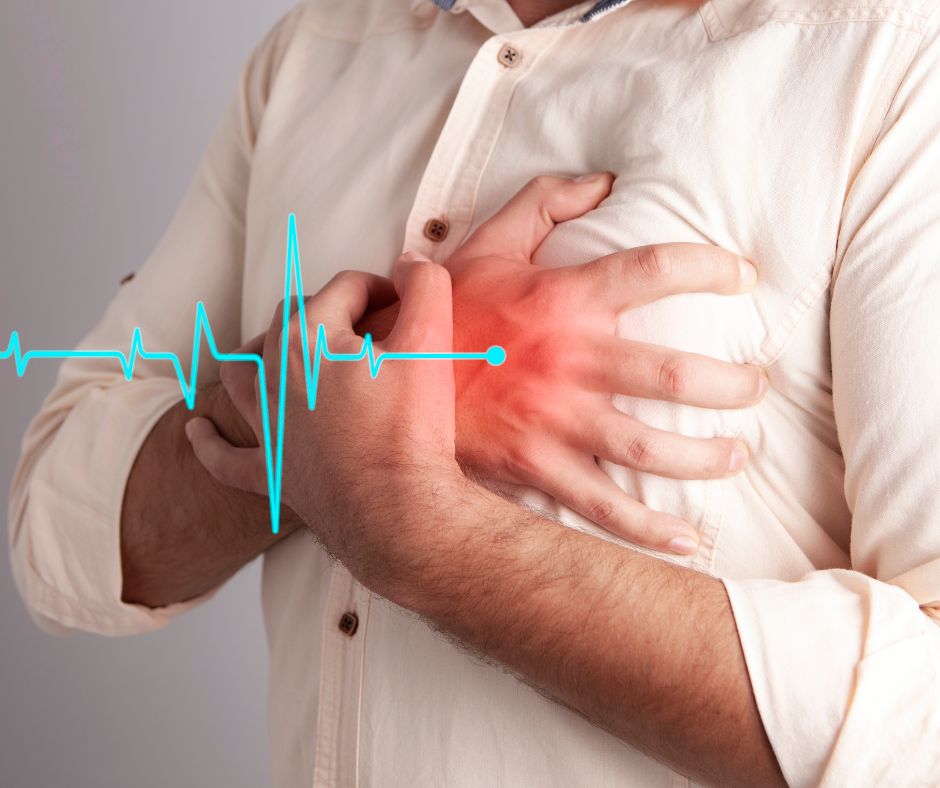
Heart Disease and Stroke (HDS) rank among the most common and dangerous cardiovascular diseases. It is essential for management and prevention to comprehend their pathophysiology and available treatments. To understand these issues’ intricacies and their solutions, let’s take a closer look at them.
Understanding Heart Disease
Heart disease is a general term for a number of disorders affecting the anatomy and physiology of the heart. The most prevalent type is coronary artery disease (CAD), which happens when plaque accumulation causes the arteries providing blood to the heart to narrow or become clogged. This causes the heart muscle’s blood supply to be restricted, which can result in symptoms like angina (chest discomfort) or, in more serious situations, a heart attack.
Heart failure, arrhythmias (irregular heartbeats), and valvular heart disease are other forms of heart disease. Numerous variables, such as high blood pressure, high cholesterol, smoking, diabetes, obesity, and a sedentary lifestyle, can lead to these disorders.
Pathophysiology of Heart Disease
Heart disease pathophysiology frequently comprises a series of interconnected events, starting with risk factors like smoking, inactivity, and poor diet. These elements work together to cause atherosclerosis, a condition in which plaque accumulates in the arteries, narrowing and stiffening them over time. This can cause problems including angina, a heart attack, or heart failure since it inhibits blood flow.
Understanding Stroke
When a portion of the brain’s blood supply is cut off or stopped, the brain’s tissue is deprived of oxygen and nutrients, which can lead to a stroke. This may occur as a result of bleeding into the brain (hemorrhagic stroke) or an arterial blockage (ischemic stroke). Sudden symptoms from strokes might include visual issues, trouble speaking or understanding speech, and weakness or paralysis on one side of the body.
Pathophysiology of Stroke
The majority of stroke cases are ischemic strokes, which usually happen when a blood clot forms in a constricted artery and blocks blood flow to the brain. On the other side, hemorrhagic strokes happen when a weak blood vessel bursts, resulting in brain hemorrhage. Neurological impairments and damage to brain cells can arise from both kinds of strokes.
Treatment Options
The goals of treatment for heart disease and stroke are to lessen symptoms, stop complications, and enhance general health. This usually entails a mix of medicine, lifestyle modifications, and occasionally surgical procedures.
Lifestyle modifications: Adopting a heart-healthy diet, engaging in regular exercise, quitting smoking, and managing stress can help reduce the risk factors associated with heart disease and stroke.
Medications: Various medications are used to manage risk factors such as high blood pressure, high cholesterol, and blood clotting disorders. These may include statins, antiplatelet drugs, anticoagulants, beta-blockers, and ACE inhibitors.
Interventions: In cases of severe heart disease, procedures such as angioplasty, stent placement, or coronary artery bypass surgery may be necessary to restore blood flow to the heart. Similarly, acute stroke treatment may involve clot-dissolving medications or procedures to remove the clot and restore blood flow to the brain.
